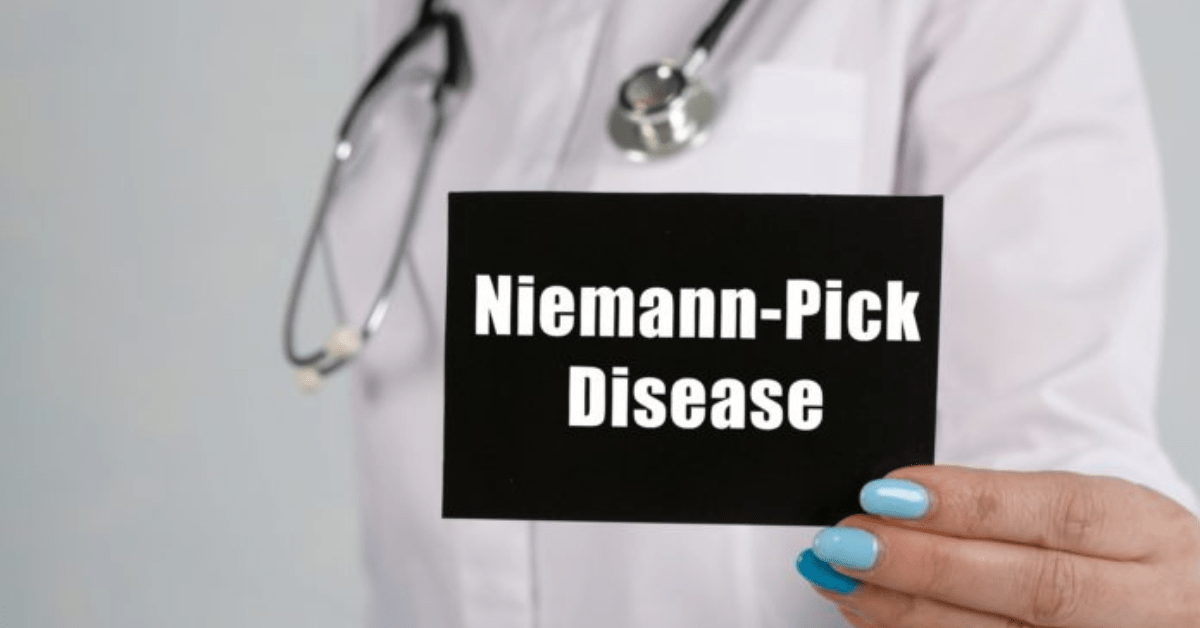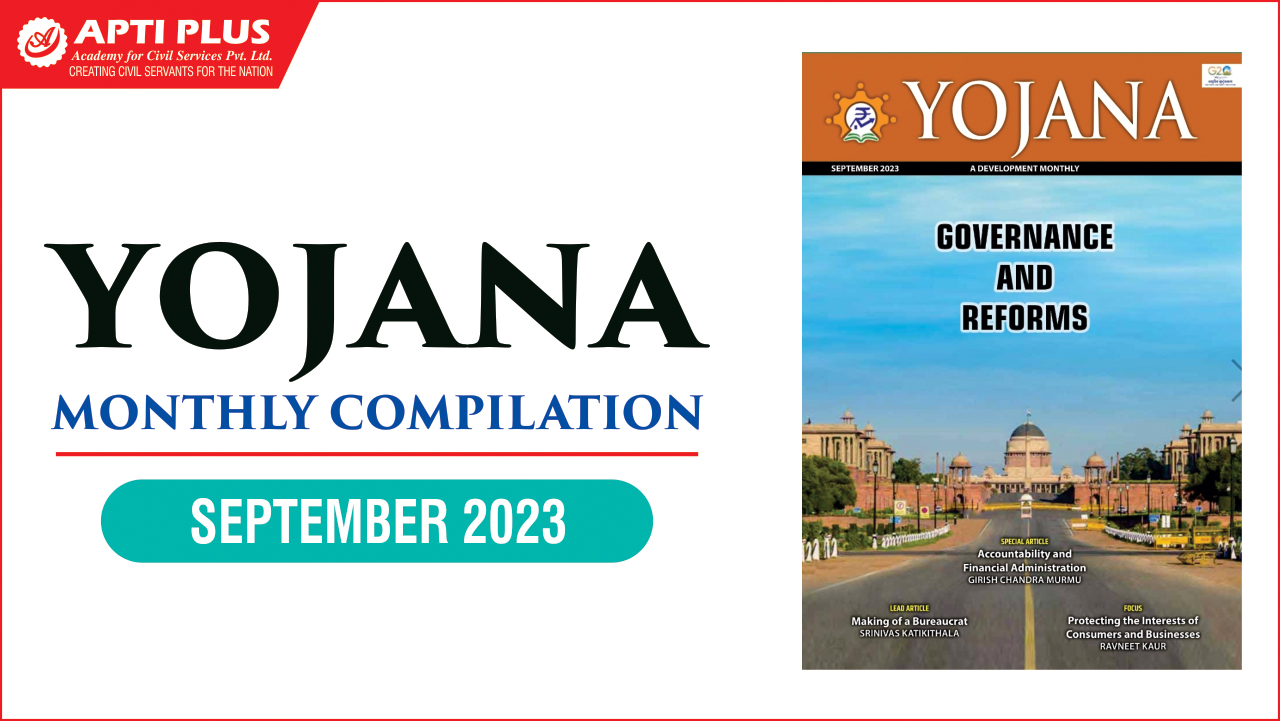Description

Copyright infringement not intended
Picture Courtesy: healthlibrary.askapollo.com
Context: Parents of children with Niemann-Pick disease urge the Indian government to include it in the National Policy for Rare Diseases, ensuring access to specialized healthcare, treatment options, and financial support for affected families, thereby improving their lives.
Niemann-Pick Disease (NPD)
- NPD is a rare genetic condition caused by mutations in lipid metabolism genes, leading to abnormal accumulation of sphingomyelin in cells and tissues.
- It's a type of lysosomal storage disorder where defective enzymes in lysosomes fail to break down lipids properly, resulting in organ damage and a variety of symptoms.
There are three main types of Niemann-Pick disease:
|
Niemann-Pick Disease Type A (NPD-A)
|
● NPD-A is the most severe and rapidly progressive form of Niemann-Pick disease, with symptoms typically appearing in early infancy.
●Children with NPD-A often do not survive past early childhood due to the severity of the disease, which includes an enlarged liver and spleen, failure to thrive, feeding difficulties, and neurological problems.
|
|
Niemann-Pick Disease Type B (NPD-B)
|
●NPD-B typically manifests in childhood or adolescence, contrasting with the early infancy onset of NPD-A.
●Symptoms range widely and can include an enlarged liver and spleen, lung issues, and mild neurological symptoms. Unlike NPD-A, individuals with NPD-B often have a normal lifespan, but the severity of symptoms can vary greatly from person to person.
|
|
Niemann-Pick Disease Type C (NPD-C)
|
●NPD-C is characterized by progressive loss of motor skills, difficulty swallowing, speech problems, and, in some cases, liver and spleen enlargement. Neurological symptoms worsen over time.
● While symptoms often begin in childhood, NPD-C can manifest at any age, including adulthood. Unlike the more severe NPD-A and variable NPD-B, NPD-C is a chronic and slowly progressive form of the disease, leading to long-term challenges for affected individuals.
|
Causes and Genetics
- Niemann-Pick disease follows an autosomal recessive inheritance pattern, requiring an individual to inherit two mutated copies of the relevant gene (one from each parent) to manifest the disorder.
- Mutations in the NPC1 gene lead to Niemann-Pick Disease Type C (NPD-C), while mutations in the SMPD gene cause Niemann-Pick Disease Type A (NPD-A) and Type B (NPD-B). These genes are responsible for lipid metabolism, and their mutations result in the abnormal accumulation of lipids, leading to the disease's symptoms.
Diagnosis
- Diagnosis typically involves a multifaceted approach, including clinical evaluation, imaging studies such as MRI to assess organ damage, and genetic testing to identify mutations in relevant genes (such as NPC1 or SMPD1).
- A skin biopsy is often performed to analyze lipid accumulation in cells, providing crucial confirmation of the disease. Genetic testing is essential to pinpoint the specific type of Niemann-Pick disease and guide appropriate management strategies.
Treatment
- Currently, there is no cure for Niemann-Pick disease, so treatment focuses on supportive care. Medications and therapies are used to manage specific symptoms, such as seizures and respiratory problems, improving the quality of life for affected individuals.
- Ongoing research efforts are exploring potential therapies, including experimental approaches like enzyme replacement therapy and substrate reduction therapy. These treatments aim to address the underlying metabolic issues, potentially providing more effective ways to manage the disease.
- Families affected by Niemann-Pick disease can benefit from genetic counselling, which offers insights into the risk of passing the condition to future generations. It also provides emotional support and information about available options, helping families make informed decisions about family planning and caregiving.

Conclusion
- Niemann-Pick disease, a rare genetic disorder, causes abnormal lipid accumulation due to mutations in specific genes. Despite the absence of a cure, supportive care, ongoing research, and genetic counselling provide essential avenues for managing symptoms and supporting affected families.
Must Read Articles:
National Policy For Rare Diseases: https://www.iasgyan.in/daily-current-affairs/national-policy-for-rare-diseases-2021-7
|
PRACTICE QUESTION
Q. What are the key factors contributing to the increasing prevalence of non-communicable diseases in India, and what measures can be taken to address this growing health challenge?
|
















